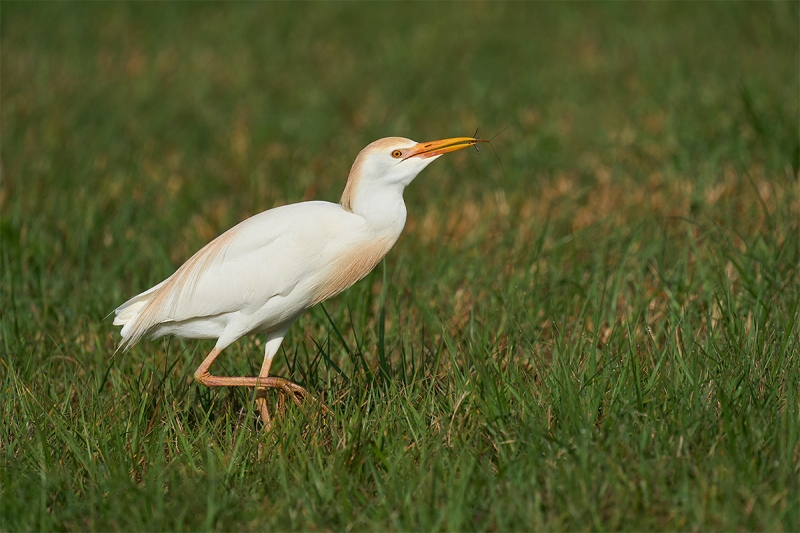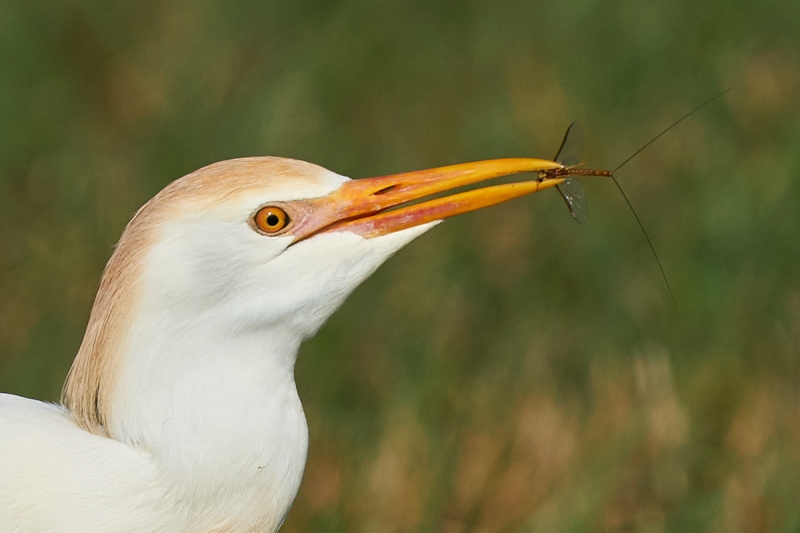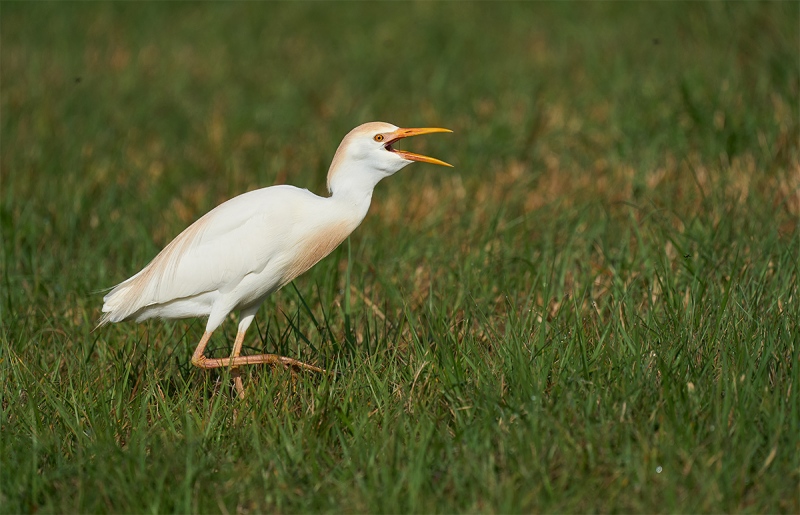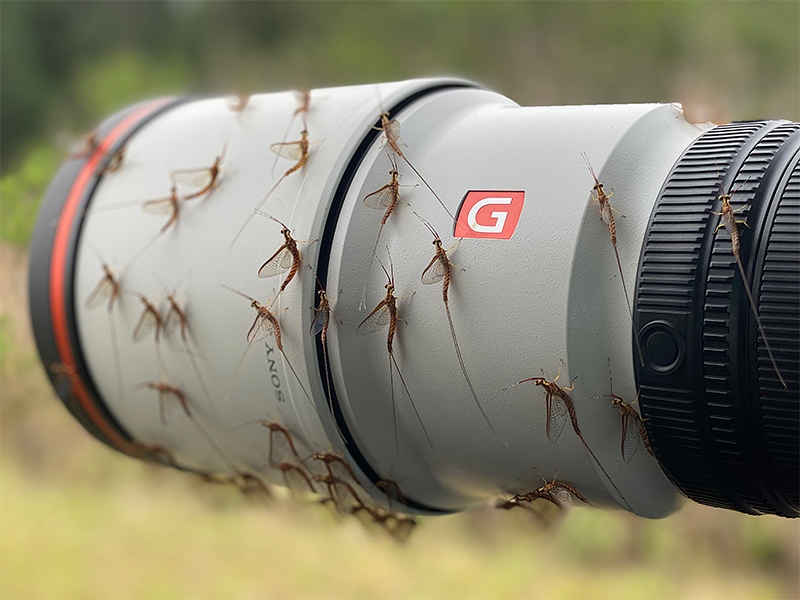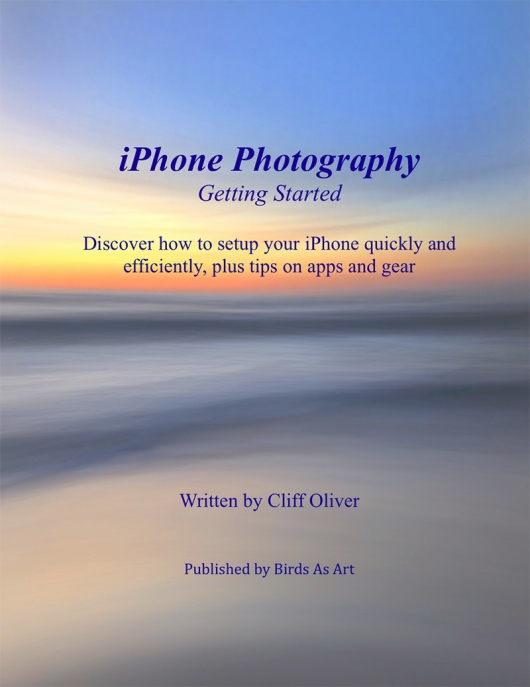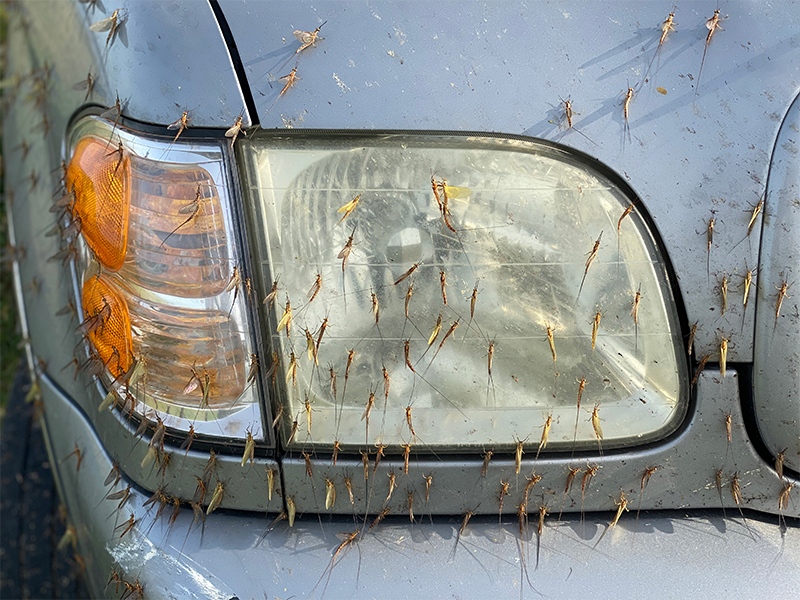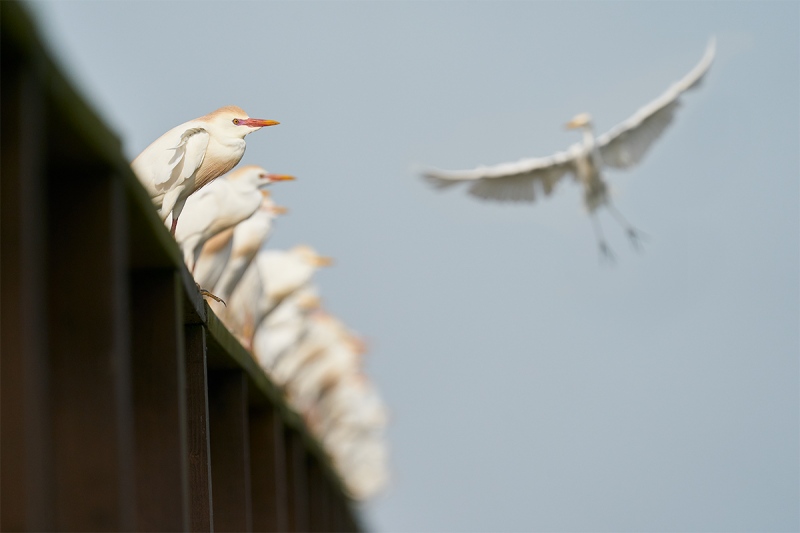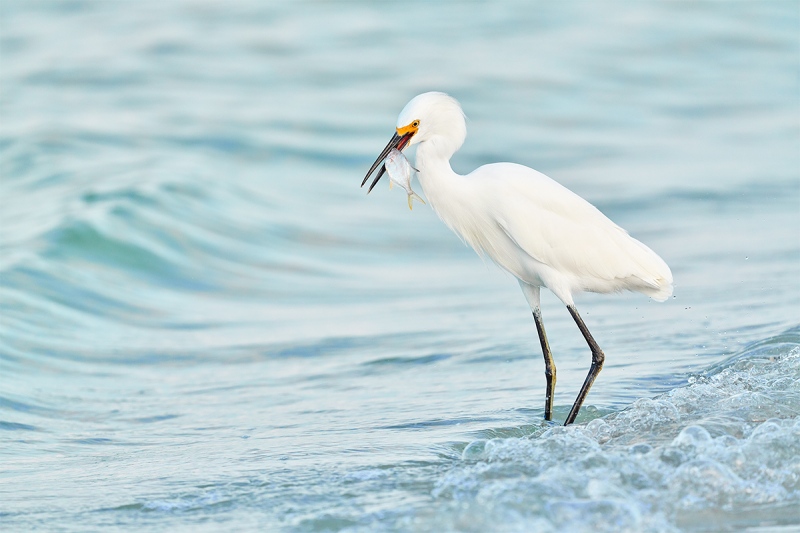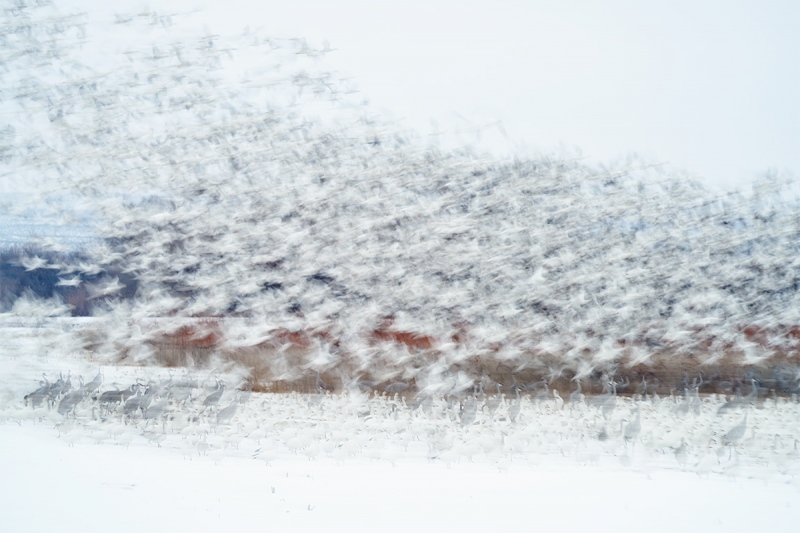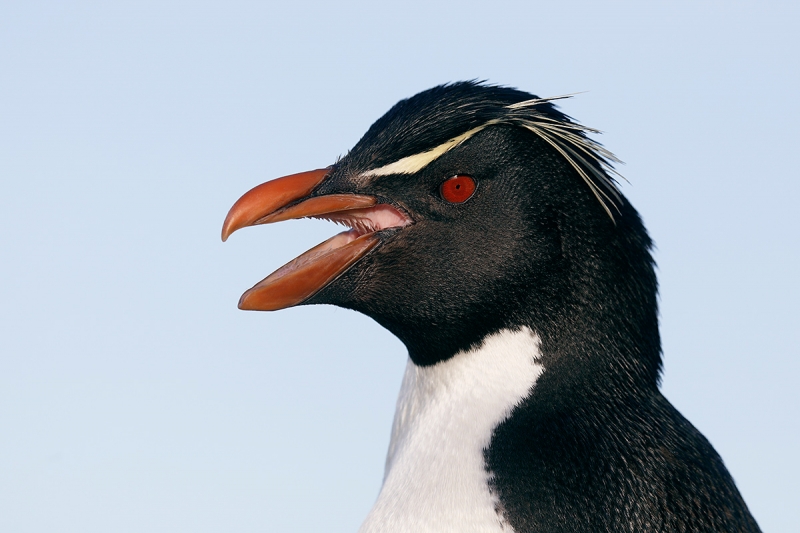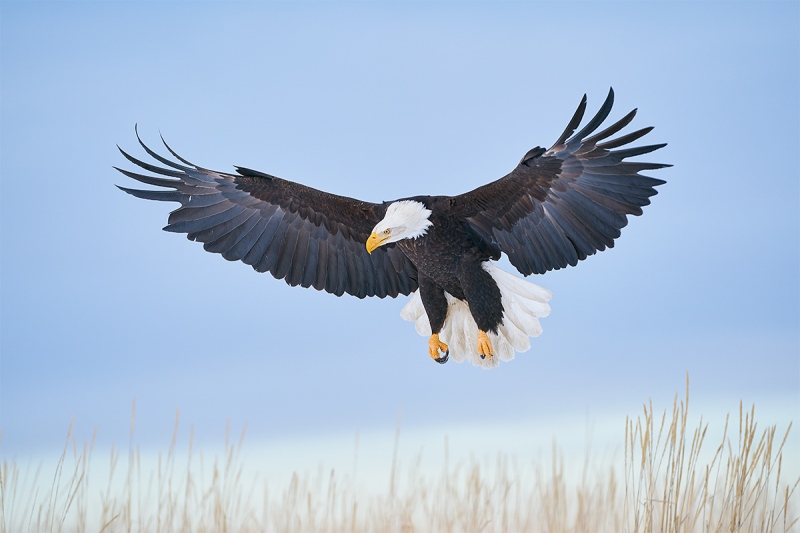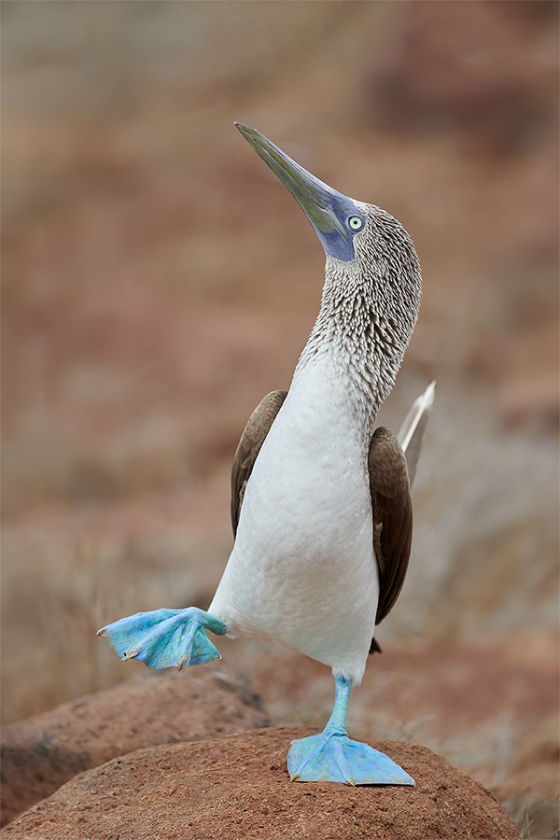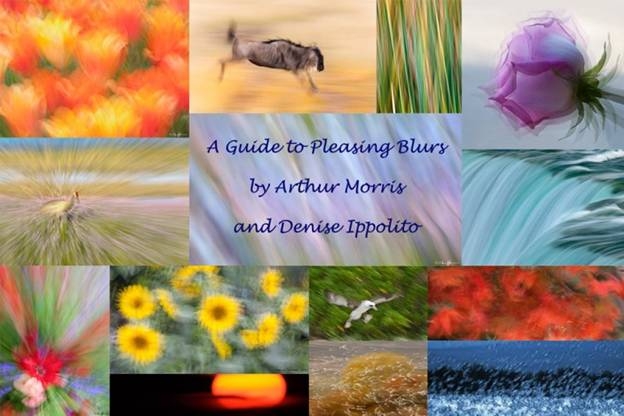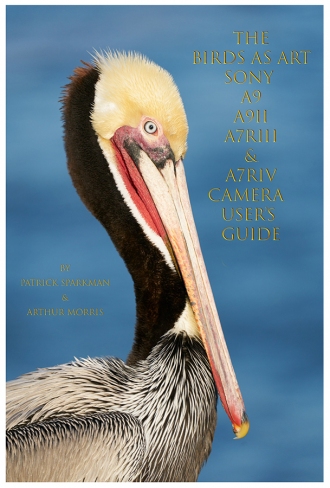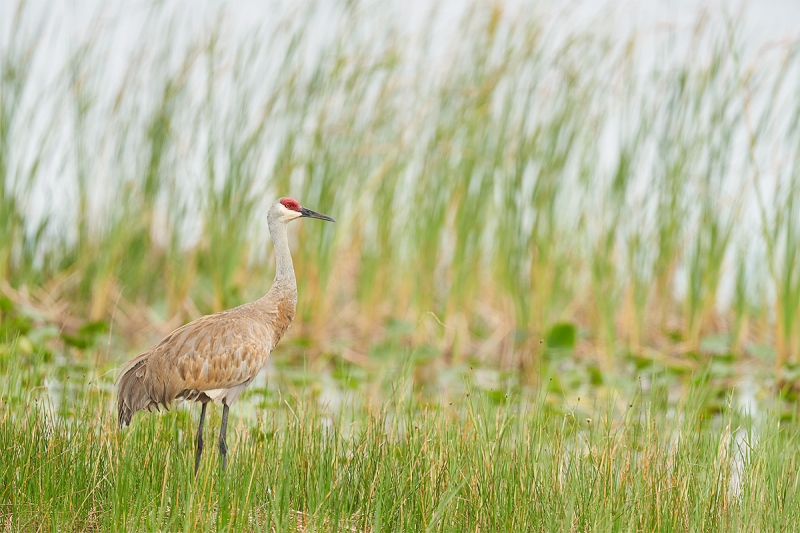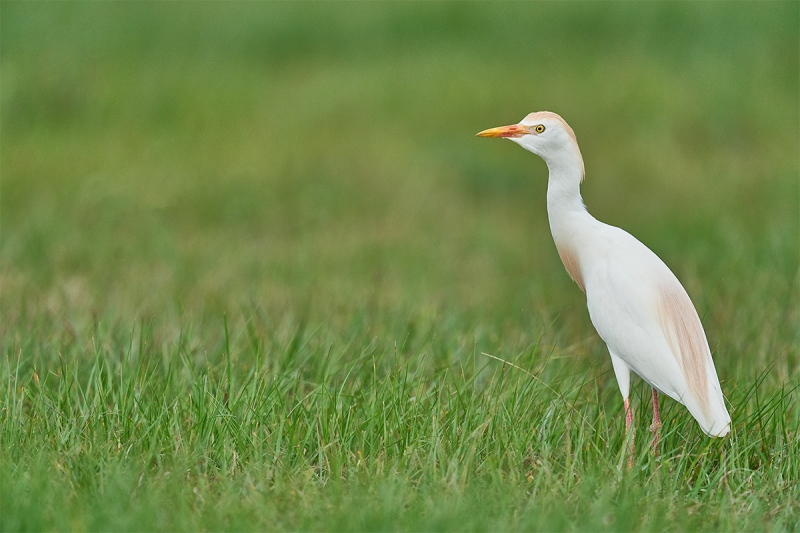What’s Up?
On the way down to the lake on Wednesday morning I spotted a single Black Vulture on Park Drive. I went over to investigate and saw that the bird was on a fresh, road-killed Marsh Rabbit. I scooped it up and put it in a plastic bag and then into a cardboard box with the turtle. As conditons were pretty good, I put out a nice road-kill buffet on the South Peninsula and set up along the edge of the canal so that I was at eye-level with the birds. Though I did not have many good flight photography opportunities, I had had lots of good chances with both Black and Turkey Vultures and Crested Caracara. I headed back down in the afternoon despite a stiff east wind and did not do well at all …
|
|
|
This image was created on 21 APR 2020 at Indian Lake Estates, FL. I used the Induro GIT 204/FlexShooter Mini-mounted Sony FE 600mm f/4 GM OSS lens, Sony FE 1.4x teleconverter, and the blazingly fast AF King, the Sony Alpha a9 II Mirrorless Digital Camera Body. ISO 400. Exposure determined by Zebras with ISO on the rear dial: 1/2500 sec. at f/7.1 in Manual mode. AWB at 9:04:332am on sunny morning. Upper Center Zone Continuous/tracking AF was active at the moment of exposure and performed to perfection. Click the image to enjoy a larger version. Image #1: Cattle Egret capturing mayfly |
The Big Mayfly Hatch
About four days ago, the large, golden mayflies began to hatch. Many species, led by large numbers of Cattle Egrets, have been feasting on them mornings and afternoons. Other species enjoying the mayfly bonanza include Great Egret, Sandhill Crane, Boat-tailed Grackle, and Crested Caracara. As I mentioned recently, trying for good images that depict a Cattle Egret grabbing a mayfly is quite challenging. With Image #1, I succeeded to some degree.
|
|
|
Click the image to enjoy a larger version. Image #1A: Unsharpened 100% crop of the Cattle Egret capturing mayfly image above |
The 100% Crop!
Above is an unsharpened 100% crop of today’s featured image. It looks pretty sharp to me. What do you think?
|
|
|
This image was created on 21 APR 2020 at Indian Lake Estates, FL. 9 on the Fort DeSoto Sandbar Secrets IPT. I used the Induro GIT 204/FlexShooter Mini-mounted Sony FE 600mm f/4 GM OSS lens, Sony FE 1.4x teleconverter, and the blazingly fast AF King, the Sony Alpha a9 II Mirrorless Digital Camera Body. ISO 400. Exposure determined by Zebras with ISO on the rear dial: 1/2500 sec. at f/7.1 in Manual mode. AWB at 9:04:332am on sunny morning. Upper Center Zone Continuous/tracking AF was active at the moment of exposure and performed to perfection. Click the image to enjoy a larger version. Image #2: Cattle Egret swallowing mayfly |
The Next Frame
This image was created in the same one-tenth of a second as Image #1. It shows the bird gulping down the mayfly seen in Images #1 and #1A. As the bird closed its nictitating membrane, I borrow the eye from Image #1 and placed it carefully onto Image #2. To line up the new eye layer with the underlying layer, first, reduce the opacity of the new eye layer to about 40%, then use the arrow keys to position it perfectly, and finally raise the ISO to 100% opacity. This is just one of the many dozens of great Photoshop and workflow tips in The BIRDS AS ART Current Workflow e-Guide (Digital Basics II).
Image Optimization Question
Enlarge Image #1 and Image #2 and let us know what differences you see that would indicate that one of the two images received more care during the post-processing in Photoshop. (Both RAW files were converted in Capture One using the same parameters.)
|
|
|
i-Phone 11 image. Image #3: Mayflies on SONY 600 GM |
Mayflies on Lens
I used a trick I learned in Cliff Oliver’s i-Phone Photography e-Guide to create this image; I used Portait mode to completely soften the background.
|
|
The iPhone Photography e-Guide
|
Hard to Believe
Yes, Cliff has a great eye and wonderfully creative vision. Yet it is still hard for me to believe that he can make so many great images with “just“ an i-phone. Almost more amazingly Cliff captures with his iPhone and does all of his post-processing on the phone! In this great new e-Guide written for BIRDS AS ART you will learn to use set up you iPhone quickly and efficiently and how to to use it. In addition, there are dozens and dozens of tips on Cliff’s favorite apps and his favorite gear. Scroll down to the bottom to see the Table of Contents.
The iPhone Photography e-Guide: $20.00.
To order your copy of the The iPhone Photography e-Guide please click here.
Dr. Cliff Oliver
Dr. Cliff Oliver is an award-winning photographer, former photography instructor for the San Diego Natural History Museum, cutting-edge integrative health care professional, and international workshop leader. He created and taught the first 5-day immersion iPhone photography workshop at Hollyhock, Canada’s premier Leadership Learning Center. He teaches quarterly iPhone photography classes at the Athenaeum Music & Arts Library School of the Arts (these include Art on the iPhone, iPhoneography, Portraits and Selfies, and Practicing in the Field). His images have been on the cover of WildBird magazine, on display at Scripps Oceanography Institute, and been honored with multiple first-place finishes in the International Exhibition of Photography Del Mar. The San Diego Natural History Museum’s, “Birds of the World” centennial exhibit featured several of his images. One of his iPhone images received an honorable mention in the Athenaeum 23rd annual juried exhibition. He has displayed images at Art Speaks: Expressions of Hope and Healing and has produced a series of books, called Zen I, II, III, IV, V, VI and VII that feature original images that promote inner peace. The last 4 books feature only images taken on the iPhone. He teaches individuals and groups the skills of capturing iPhone/mobile photographs and then how to create personalized works of art.
Learn more about Cliff and what he does on his Center for Balanve website here. And don’t forget, if I had never met Cliff I would be pushing up daisies somewhere. To request my Health Basics File that contains the whole story, please shoot me an e-mail by clicking here..
|
|
|
i-Phone 11 image. Image #4: Mayflies on SUV headlight |
Mayflies on Headlight
I wanted to include Images #3 and 4 to give folks an idea of the magnitude of the hatch. On Wednesday evening while driving through the grass adjacent to the North Marsh with both windows rolled down, my car was almost instantly filled with mayflies. The don’t bite and they don’t feed. They hatch and mate and then die in short order. But they sure feed lots of birds!
|
|
|
This image was created on 22 APR 2020 at Indian Lake Estates, FL. I used the handheld Sony FE 200-600mm f/5.6-6.3 G OSS lens (at 600mm) and the blazingly fast AF King, the Sony Alpha a9 II Mirrorless Digital camera body. ISO 400. Exposure determined by Zebras with ISO on the rear wheel: 1/2500 sec. at f/7.1 in Manual mode. AWB at 9:33am on a mostly sunny morning. Tracking Flexible Spot M AF-C was active at the moment of exposure and performed superbly. Image #5: Cattle Egrets on pier railing |
After the Feast
On Wednesday morning, after the feast, a large group of Cattle Egrets flew to the pier to roost on the railing. I got out of the car and stayed well back looking to create a different image. Image #5 is a photo illustration; I added the bird in flight from a similar frame. I coulda’/shoulda’ done a better job …
Your Favorite?
Which of today’s featured images is your favorite? Please let us know why.
|
|
The BIRDS AS ART Current Workflow e-Guide (Digital Basics II).You can order your copy from the BAA Online Store here, by sending a Paypal for $40 here, or by calling Jim or Jennifer weekdays at 863-692-0906 with your credit card in hand. |
The BIRDS AS ART Current Workflow e-Guide (Digital Basics II)
All the techniques mentioned above and tons more (with the exception of Capture One RAW Conversions) — along with all of my personalized Keyboard Shortcuts — are covered in detail in the BIRDS AS ART Current Workflow e-Guide (Digital Basics II), an instructional PDF that is sent via e-mail. Learn more and check out the free excerpt in the blog post here. While the new e-Guide reflects my Macbook Pro/Photo Mechanic/DPP 4/Photoshop workflow, folks using a PC and/or BreezeBrowser will also benefit greatly by studying the material on DB II. Note: folks working on a PC and/or those who do not want to miss anything Photoshop may wish to purchase the original Digital Basics along with DB II while saving $15 by clicking here to buy the DB Bundle.
Folks who learn well by following along rather than by reading can check out the complete collection of MP 4 Photoshop Tutorial Videos by clicking here. Note: all of the videos are now priced at an amazingly low $5.00 each.
You can learn how and why I converted all of my Canon digital RAW files in DPP 4 in the DPP 4 RAW Conversion Guide here. More recently, I became proficient at converting my Nikon RAW (NEF) files in Adobe Camera Raw. About two years ago I began converting my Nikon and Sony RAW files in Capture One Pro 12 and continue to do so today.
To purchase Capture One, please use this link. Then you can learn more about Capture One in the Capture One Pro 12 Simplified MP4 Video here. The next step would be to get a copy of Arash Hazeghi’s “The Nikon Photographers’ Guide to Phase One Capture One Pro e-Guide” in the blog post here.
You can learn advanced Quick Masking and advanced Layer Masking techniques in APTATS I & II. You can save $15 by purchasing the pair. Folks can learn sophisticated sharpening and (NeatImage) Noise Reduction techniques in The Professional Post Processing Guide by Arash Hazeghi and edited by yours truly. Please use this link to purchase NeatImage.
To introduce folks to our MP.4 videos and the basics involved in applying more NeatImage noise reduction to the background and less on the subject, I’d be glad to send you a free copy of the Free Noise Reduction Basics MP.4 Video. Simply click to shoot me an e-mail to get your free copy.
If In Doubt …
If you are in doubt about using the BAA B&H affiliate link correctly, you can always start your search by clicking here. Please note that the tracking is invisible. Web orders only. Please, however, remember to shoot me your receipt via e-mail.






Please Remember to use my Affiliate Links and to Visit the BAA Online Store 🙂
To show your appreciation for my continuing efforts here, we ask, as always, that you get in the habit of using my B&H affiliate links on the right side of the blog or Bedfords, for all of your photo and electronics purchases. Please check the availability of all photographic accessories in the New BIRDS AS ART Online Store, especially the Mongoose M3.6 tripod head, Wimberley lens plates, Delkin flash cards and accessories, and LensCoat stuff.
As always, we sell only what I have used, have tested, and can depend on. We will not sell you junk. We know what you need to make creating great images easy and fun. And please remember that I am always glad to answer your gear questions via e-mail.
I would, of course, appreciate your using our B&H affiliate links or Bedfords for all of your major gear, video, and electronic purchases. For the photographic stuff mentioned in the paragraph above, and for everything else in the new store, we, meaning BAA, would of course greatly appreciate your business. Here is a huge thank you to the many who have been using our links on a regular basis and those who regularly visit the New BIRDS AS ART Online Store as well.
Be sure to like and follow BAA on Facebook by clicking on the logo link upper right.
Typos
In all blog posts and Bulletins, feel free to e-mail or to leave a comment regarding any typos or errors. Just be right :).

